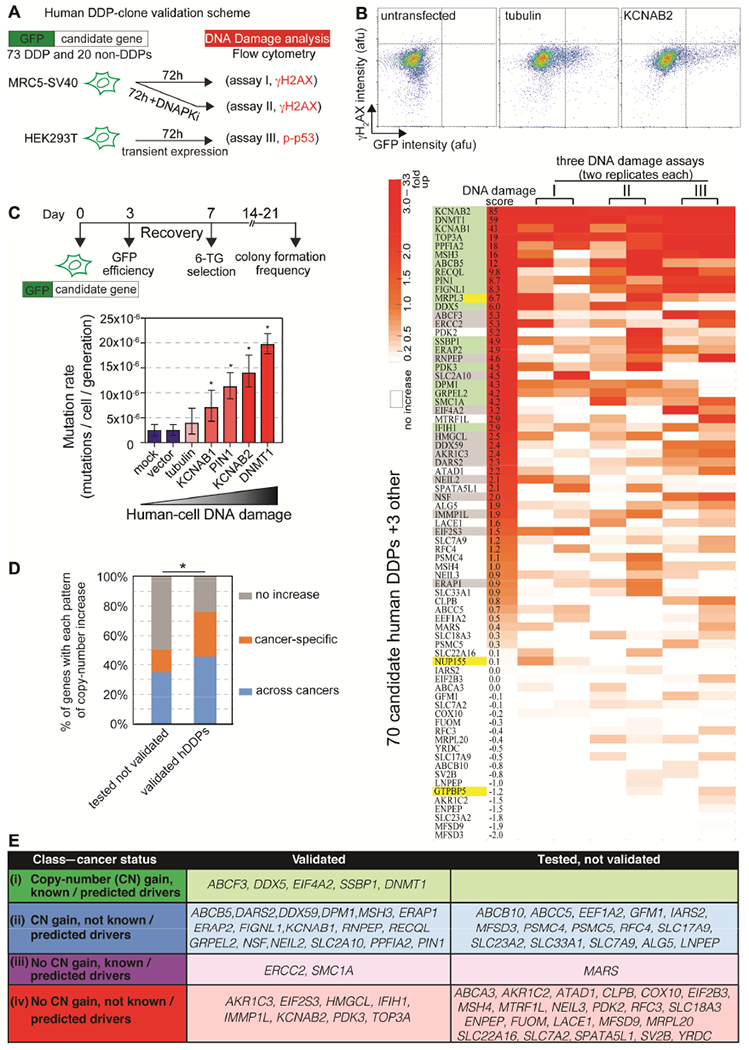Figure 3. Human Homologs Promote DNA Damage in Human Cells.

(A) hDDP-candidate-GFP N-terminal fusions (and 3 damage-down-, plus 20 non-DDP controls) were transiently overproduced and green cells screened for DNA damage by flow cytometry.
(B) 33 validated hDDPs. Upper: representative flow cytometric assay (STAR Methods, Figure S3I-K; Table S6). Lower: heatmap, flow-cytometric data normalized to GFP-tubulin. Data ranked by cumulative DNA-damage score. Green, damage-up in ⩾ 2 assays; gray, one assay; yellow, damage-down homologs; white, not damage-up. 45% validated; more than among 20 random human genes (p <0.0001, two-tailed unpaired t-test with FDR correction, Figure S3I-K).
(C) Increased mutation with overproduced validated hDDPs in human-cell HPRT forward-mutation assays. Lower: mutation rates of selected hDDP overproducers; error bars, 95% CIs.
(D) Validated hDDP genes enriched among cancer-associated copy-number increases (p = 0.02, one-way Fisher’s exact test).
(E) New and known potential cancer-promoters predicted among 33 validated hDDPs, suggesting potential overexpression cancer-promoting roles for all of these genes. Classes (i) 16%; (ii) 53%; (iii) 6%; and (iv) 25%.
